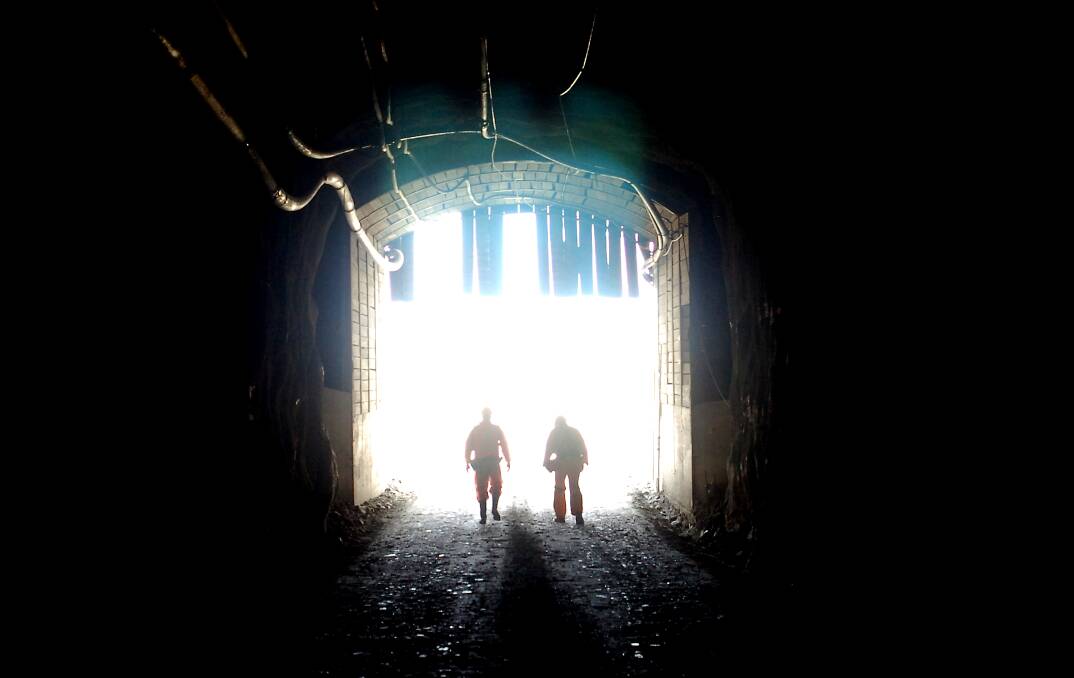
MINERS want to protect their ability to find gold after an industry body was blindsided by a state government plan to charge royalties for digging up the precious mineral.
Subscribe now for unlimited access.
or signup to continue reading
The Minerals Council of Australia has asked the government to modify the gold royalty of 2.75 per cent of market production value.
Exploration budgets - the "life-blood" of gold mining - could impacted at four mines including Costerfield and Fosterville's, the Mineral Council's Victorian executive director James Sorahan said.
"A royalty hitting in only six months time at a rate higher than Western Australia's will eat into exploration expenditure. That puts long-term viability at risk," he said.
The Minerals Council has told the government it supports a royalty but that mines should be able to deduct an "exploration offset".
"If a company spends $2 million on ongoing exploration to keep the mine alive that would come off the royalty bill," Mr Sorahan said.
"We've received a hearing from the government, which we are happy with. This should have happened before the royalty was announced," he said.
Miners at Mandalay Resource's Costerfield recently applied for planning permission to start work on a new ore body that would give the operation another four years. The current mine's life is scheduled to end by early 2020.
Fosterville is also exploring for more gold. It has four to five years of reserve.
The government wants to cash in on gold royalties amid a surge in production including at Fosterville, which earlier this year marked its two millionth ounce produced.
Treasurer Tim Pallas said the government would continue to consult the industry about the royalty.
"But we have no plans to change our policy that will ensure Victorians secure a fair return from the minerals dug from our soil," he said.
Victoria is the last Australian jurisdiction to apply a royalty to gold, which would change from 1 January next year.
Mr Sorahan says an offset would recognise that mines in Victoria are smaller than in some other states.
"It also recognises exploration is a necessary, ongoing expense and ensures mines that are smaller, more marginal and in the growing phase have the best chance of growing into large, profitable royalty paying mines by removing any impacts on their exploration spend."
The royalty, in its current form, would apply to mines produce more than 2500 ounces of gold a year.
Mr Sorahan said the proposed offset would not undercut the royalty's purpose, in part because it would help companies uncover more gold in the long-term.
"It (the offset) basically means the royalty applies to larger, more profitable mines, which is what taxes should always do," he said.
"A royalty that hits smaller and start-up mines, that doesn't change with the gold price or profitability hurts mining and risks it because companies are paying a tax whether they can afford to or not."
In the months since the royalty was announced, the price of gold has risen 20 per cent.
Have you signed up to the Bendigo Advertiser's daily newsletter and breaking news emails? You can register below and make sure you are up to date with everything that's happening in central Victoria.


